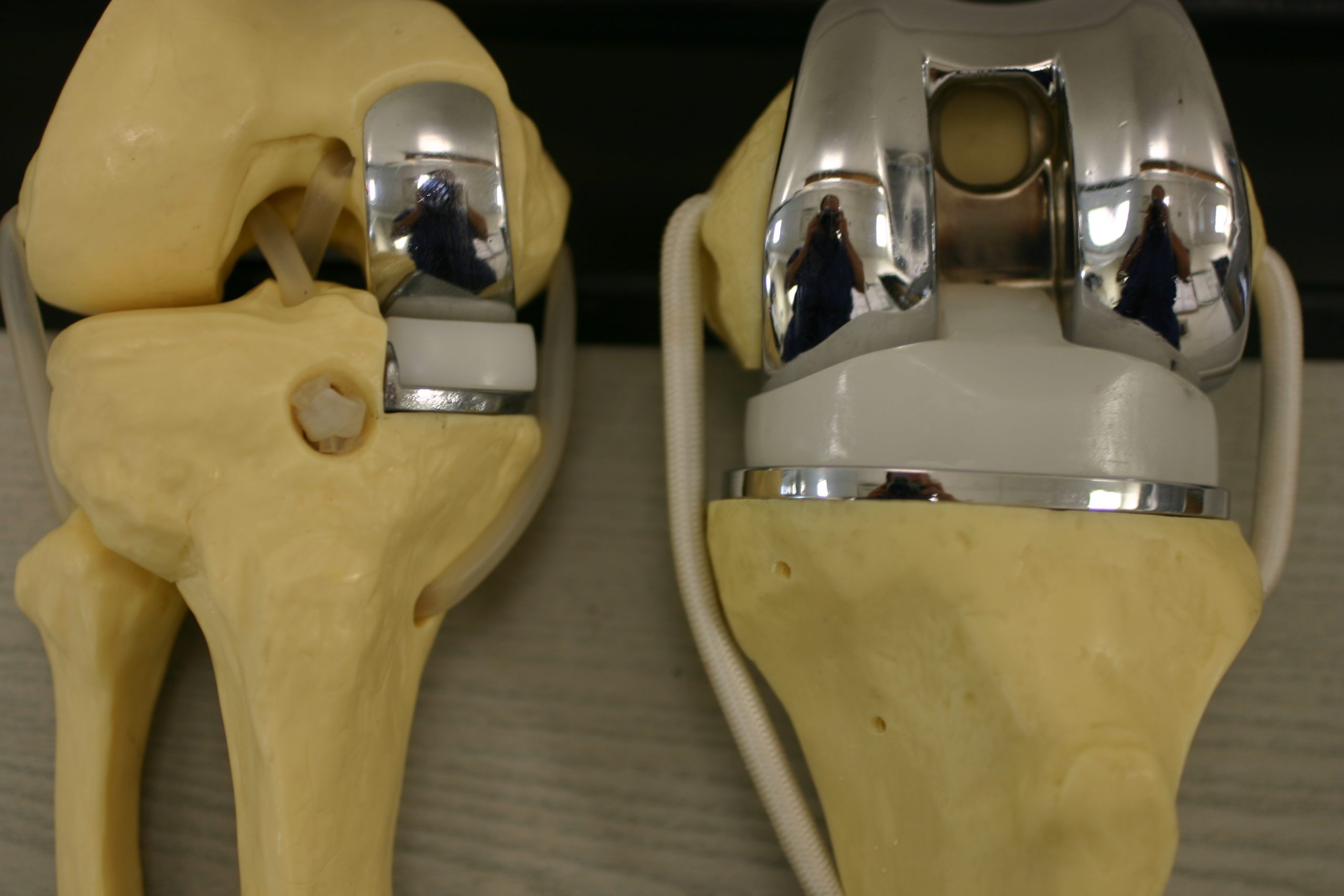
In total knee replacement, all parts of the joint are resurfaced. That includes the medial, lateral, and patellofemoral compartments. Damaged bone and cartilage are removed. Metal and plastic implants are used instead. The goal is to restore function and relieve pain. This is often recommended when arthritis affects the entire joint. Patients usually have long-term pain and stiffness before surgery. Total replacement offers full joint relief.
Partial knee replacement involves resurfacing only the damaged compartment, not the entire knee joint
Some knees only show damage on one side. In those cases, a partial replacement may be enough. The healthy bone and ligaments stay intact. Only the damaged area is resurfaced. The result feels more natural. Recovery may be faster. But it’s only possible if arthritis hasn’t spread. MRIs or X-rays help confirm eligibility. Partial surgery isn’t a temporary fix—it’s a targeted approach.
Your surgeon will assess bone damage, ligament stability, and alignment before recommending an option
Decisions aren’t based on pain alone. Imaging shows where the wear occurs. The surgeon checks ligament function too. If the anterior cruciate ligament (ACL) is damaged, partial replacement might not work. Joint alignment matters. Bowed legs or severe instability may require total surgery. Age, weight, and activity level also influence the plan. Each knee is unique. A tailored decision gives better results.
Recovery from partial replacement is typically quicker, with less pain and earlier mobility
Because less tissue is disturbed, healing is faster. Most patients walk the same day. Pain levels are often lower. You may use crutches or a walker briefly. Physical therapy starts early. The hospital stay is shorter. Many patients return to daily tasks in a few weeks. That doesn’t mean it’s easy—but it’s usually easier than total replacement. However, long-term care still matters.
Total replacement may offer more predictable results for patients with widespread arthritis damage
If all compartments are worn, partial surgery won’t solve the issue. Pain may persist. In those cases, total replacement is more reliable. It addresses the entire joint surface. The results are more consistent. Range of motion improves. Weight-bearing feels stable. Patients with severe arthritis often feel the most relief after total replacement. It replaces what the joint can no longer support.
Partial replacements retain more of the natural knee structure and feel more like a native joint
One advantage of partial surgery is preservation. The untouched parts of the joint stay functional. The ligaments remain intact. This helps with balance and movement. Many people say the knee feels more “real.” That sensation matters, especially for active patients. Sports, walking, and stairs may feel smoother. The implant supports only what’s necessary. Nothing extra is removed.
Total replacements carry a slightly higher risk of infection, blood loss, and longer hospital stay
More tissue exposure means more risk. Infections, clots, and blood loss are more likely with total surgery. The procedure takes longer. Recovery takes more effort. Hospital stays may be one or two nights longer. The benefits outweigh risks for many—but not everyone. Careful surgical planning and patient health both reduce complications. These risks must be discussed clearly before surgery.
Partial replacements may require revision if arthritis spreads to untreated compartments later on
One limitation of partial surgery is future arthritis. The untreated side may eventually wear down. That might require additional surgery. Some patients return for a total replacement years later. This doesn’t mean partial was a mistake. It helped delay larger surgery. Still, patients should understand this possibility. Long-term monitoring and imaging remain part of follow-up care.
Total knee implants are more standardized, while partial components must be matched with more precision
Total replacements follow a more uniform structure. The implants replace the entire surface. Partial replacements need exact matching. The surgeon must balance natural joint curves. Any mismatch affects movement. Precision matters more. Small misalignments cause discomfort. That’s why not all surgeons perform partial replacements. Experience and technique are essential for success in these cases.
Your daily lifestyle, age, and joint goals should guide the final decision—not just the x-rays
Scans tell part of the story. But your goals matter more. Are you aiming to hike again? Do you want to kneel or garden? Is pain stopping you from sleeping? All of these shape the best option. Surgeons look at structure—but also listen. Some people prioritize faster recovery. Others want long-term durability. The right surgery fits your needs—not just your bones.
